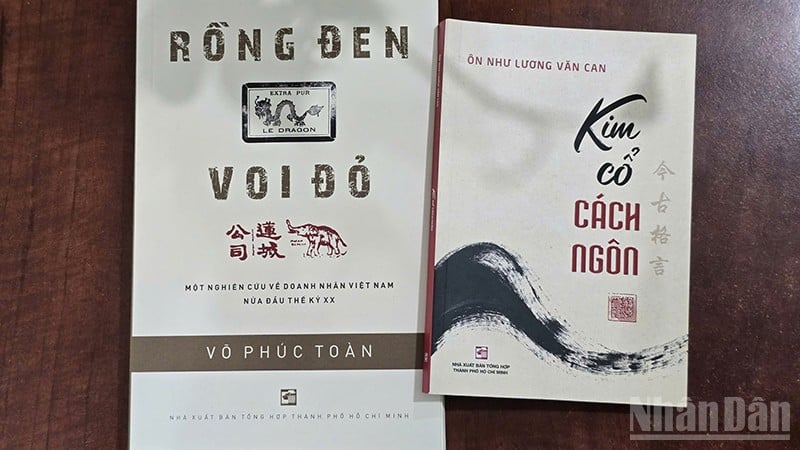
"Ancient and Modern Proverbs" by Luong Van Can
The work "Kim co cach ngon" by On Nhu Luong Van Can is a book of ancient proverbs and sayings that Luong Van Can has painstakingly collected, researched, recorded and interpreted to pass on to future generations about ethics, lifestyle and economic business for every family.
In the introduction to the book “Kim Co Cach Ngon”, Luong Van Can expressed: “There are three immortal things that the ancients left behind: one is to establish virtue, two is to establish merit, three is to establish words. If one has virtue to represent a person, then people will worship him immensely, if one has merit to save people. Words are the voice of the stomach, if one has thoughts, then one will speak, if one speaks with a reasonable meaning, everyone will consider it right, and from that word one will establish good virtue, and achieve great merit, then the words will be passed down forever, even through eternity, they will not change”.
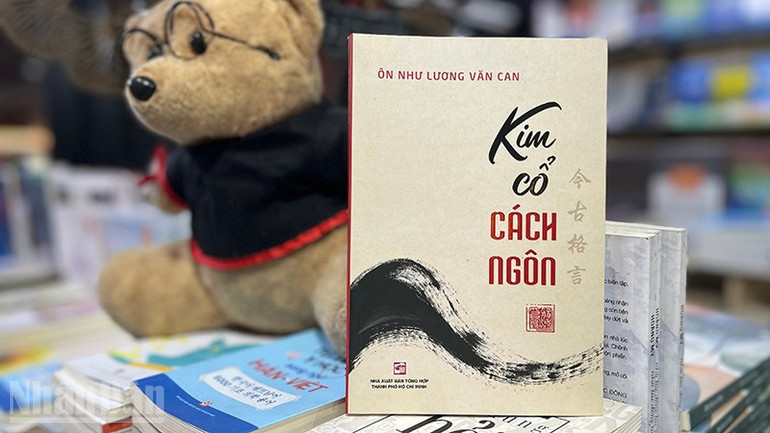
Because of the belief that the golden words and jade ideas of the ancients carry eternal vitality, in "Kim Co Cach Ngon", Luong Van Can collected the teachings of the sages on upright personality, building a frugal lifestyle, encouraging lifelong learning, cultivating knowledge, personal virtues as well as professional ethics.
Although the language used by Luong Van Can in “Kim Co Cach Ngon” a hundred years ago is somewhat unfamiliar compared to modern writing style, the profound meaning of the proverbs still retains its value. We can mention Luong Van Can’s saying about human honor being as precious as a thousand gold pieces: “The value of honor is better than wearing a gold belt”. Meaning: The value of honor is better than wearing a gold belt.
Or when talking about business, the ancients had a broad view because of the two words "business": "The two words "business" must be seen to have a broad meaning, like a farmer plowing the fields, a woman weaving, a merchant walking, a merchant sitting, everything is business..."
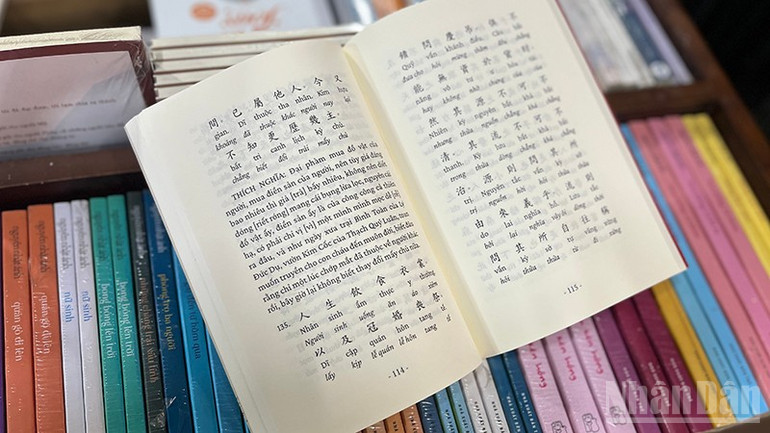
Talking about "money" in lifestyle and business relationships, the sages advise: "It is very difficult to give money to each other, even between very close friends, one should be clear, it is better to give in to each other later, not to be ambiguous at the beginning; the proverb that says: "Be clear at first, then you will not fight over it later" is a very true saying."
Exactly a century since its first printing in 1925, the words in “Kim Co Cach Ngon” by Luong Van Can still shine with precious qualities, carrying useful messages to pass on to future generations, serving as a compass for the younger generations, helping them to firmly step on the journey of searching for lasting human values.
A picture of the pioneering generation of Vietnamese entrepreneurs
Regarding the work “Black Dragon - Red Elephant: A study of Vietnamese businessmen in the first half of the 20th century” by author Vo Phuc Toan, this is a book about the historical picture of the pioneering generation of Vietnamese businessmen who experienced ups and downs with the country since the beginning of the 20th century.
The book is 280 pages thick, consisting of two main parts: Vietnamese Entrepreneurs in the economic arena in the first half of the 20th century and Imprints of modernization in economic, social and political activities of Vietnamese entrepreneurs.

Part 1 "Vietnamese businessmen in the economic arena in the first half of the 20th century" mentions: The industrial and commercial class in Vietnam before 1897; the initial steps on the path of modern business (1897-1918); the ups and downs and efforts in the economic arena (1919-1945).
In part 2 "The imprint of modernization in economic activities, social and political activities of Vietnamese businessmen", the work talks about new economic activities and competition in the marketplace; the expansion in the cultural, social and political fields.
According to author Vo Phuc Toan, a question that haunted the writer when conducting this research was whether the Vietnamese people were capable of building large brands in terms of economic potential and sustainability over time. From the movements to change economic thinking in the early 20th century as well as the actual activities of businessmen in the first half of the 20th century, it showed the ability of the Vietnamese people to operate in the fields of commerce as well as industry.
At this time, many calls and social movements changed economic thinking, activating the entrepreneurial spirit among young people, intellectuals, landowners, and wealthy people in society who were interested in industrial and commercial activities among Vietnamese people.
Vietnamese businessmen during this period also showed their efforts and responsibilities towards society through sponsoring cultural, educational and sports activities. Their efforts in the economic arena as well as their cultural and social activities left many lessons, values and economic premises for the next generations of businessmen, especially on the path of entrepreneurship and building self-reliance.
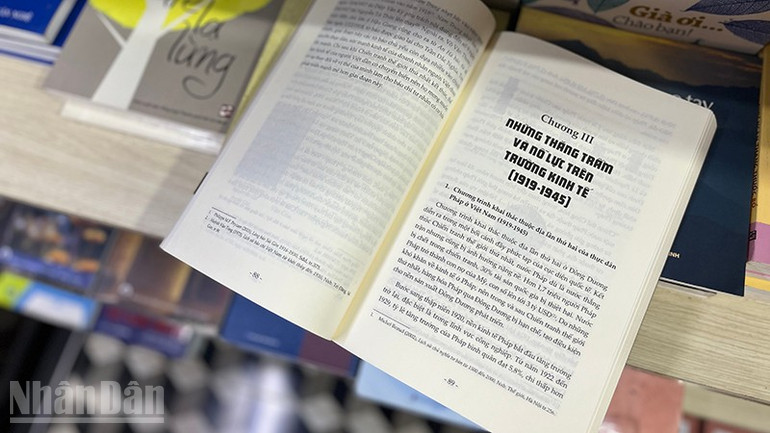
According to Associate Professor, Dr. Tran Thuan, University of Social Sciences and Humanities, Ho Chi Minh City National University, what makes him excited is that the author chose two typical symbols for Vietnamese brands in the early 20th century: “Black Dragon - Red Elephant” to name the book. When a brand carries the soul and philosophy of the nation, its historical and ideological value increases ten thousand times, for example, the “Red Elephant” symbol of Lien Thanh Company, or “Black Dragon” on Marseille soap (France) of Nguyen Hao Vinh Company… are very typical examples.
“The way the book is titled is both “rich in imagery”, unique and profound, the book sends readers an extremely important message: This is a historical picture of Vietnamese businessmen in the early 20th century. Vietnamese businessmen are full of courage and it is this courage that has helped them overcome countless challenges, even in times of hardship, and then rise up with the maturity of the nation”, Associate Professor, Dr. Tran Thuan commented.
Source: https://nhandan.vn/ra-mat-2-cuon-sach-ve-kinh-doanh-cua-nguoi-xua-post920620.html







![[Photo] Opening of the 14th Conference of the 13th Party Central Committee](https://vphoto.vietnam.vn/thumb/1200x675/vietnam/resource/IMAGE/2025/11/05/1762310995216_a5-bnd-5742-5255-jpg.webp)















![[Photo] Discover Con Ho on the Co Chien River](https://vphoto.vietnam.vn/thumb/402x226/vietnam/resource/IMAGE/2025/11/05/1762321199846_1-64-jpg.webp)



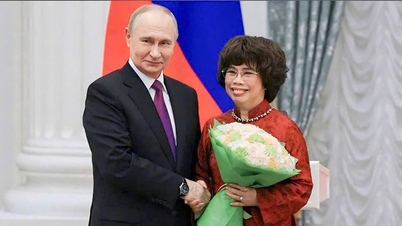
![[Photo] Panorama of the Patriotic Emulation Congress of Nhan Dan Newspaper for the period 2025-2030](https://vphoto.vietnam.vn/thumb/1200x675/vietnam/resource/IMAGE/2025/11/04/1762252775462_ndo_br_dhthiduayeuncbaond-6125-jpg.webp)





































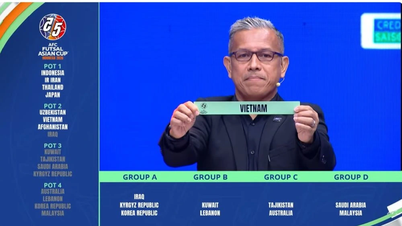










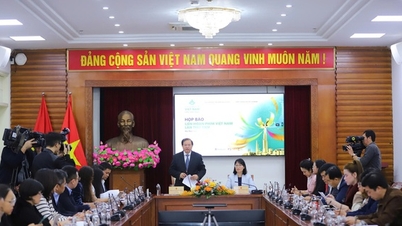





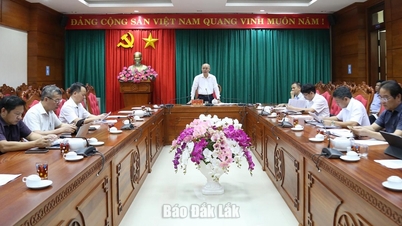

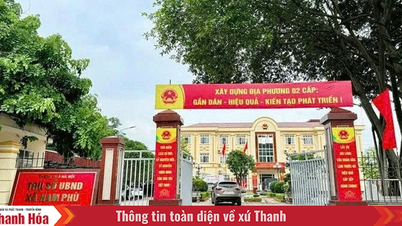


















Comment (0)